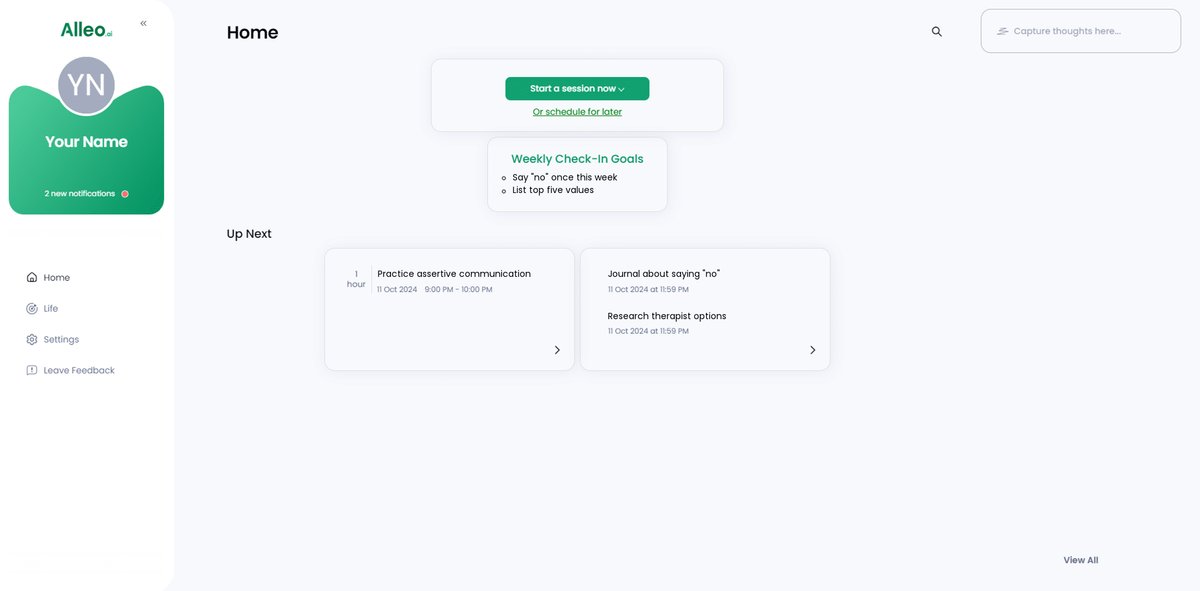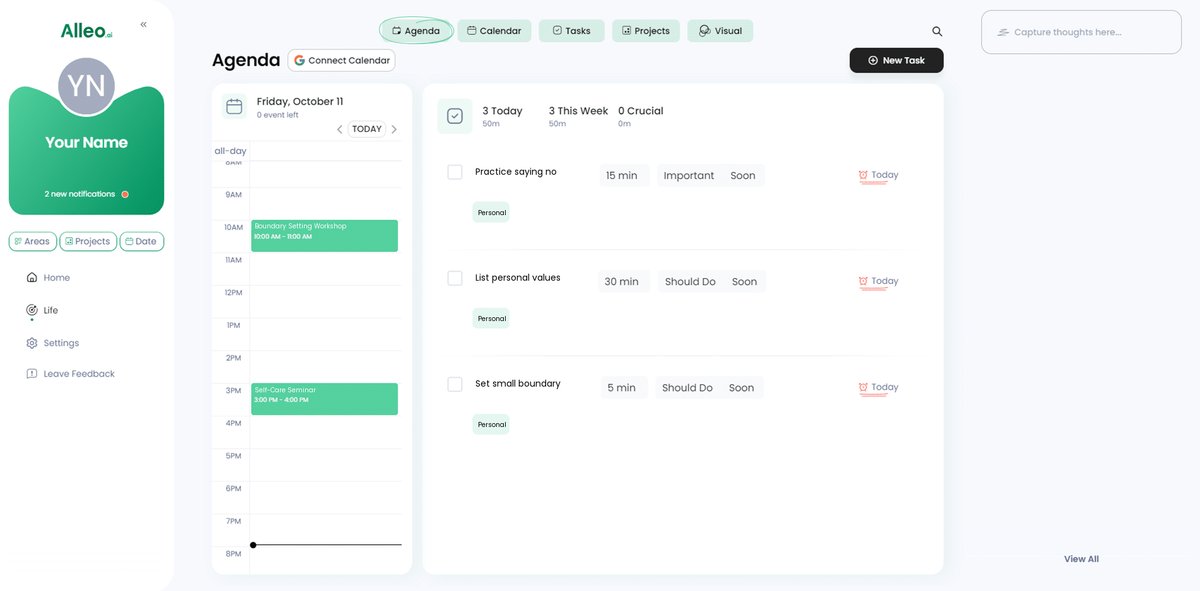5 Essential Strategies for People-Pleasers to Set Healthy Boundaries in Relationships
Are you constantly feeling drained from always saying yes and putting others’ needs before your own? This is a common challenge when setting boundaries for people-pleasers.
As a life coach, I’ve helped many women navigate the challenges of setting healthy boundaries in their relationships. I often encounter clients struggling to overcome the habitual pattern of self-sacrifice and develop assertiveness techniques.
In this article, you’ll discover actionable strategies to break free from people-pleasing behaviors and start prioritizing your own needs. We’ll explore communication skills in relationships and ways of overcoming fear of conflict.
Let’s dive in and learn about personal boundaries examples and saying no without guilt.

The Emotional Toll of People-Pleasing
Let’s delve deeper into why people-pleasing is such a pervasive issue. Many clients initially struggle with understanding how their habitual pattern of self-sacrifice impacts their mental and emotional health. Setting boundaries for people-pleasers is crucial in addressing this challenge.
The constant need to please others often stems from a deep-seated fear of rejection or conflict. This fear can lead to severe emotional exhaustion and burnout. Overcoming fear of conflict and building self-esteem are essential steps in healing from people-pleasing behavior.
In my experience, people-pleasers frequently feel overwhelmed and undervalued because they consistently put others’ needs ahead of their own. This behavior can result in resentment and a loss of identity. Prioritizing your own needs and learning assertiveness techniques can help combat these feelings.
Living like this is painful. It not only affects your relationships but also your overall well-being. Developing communication skills in relationships is key to setting boundaries for people-pleasers.
Recognizing the emotional and psychological toll is the first step toward change. Self-care for people-pleasers involves recognizing codependency and establishing personal boundaries.
Ready to explore actionable solutions? Let’s break down the steps to saying no without guilt and setting boundaries for people-pleasers.

Roadmap to Setting Healthy Boundaries
Setting boundaries for people-pleasers requires a few key steps. Here are the main areas to focus on to make progress in overcoming fear of conflict and recognizing codependency:
- Practice Saying “No” Without Over-Explaining: Start by learning to say no confidently, an essential assertiveness technique.
- Identify Personal Values and Non-Negotiables: Clarify what truly matters to you, a crucial step in prioritizing your own needs.
- Start with Small Boundaries in Low-Risk Situations: Begin setting minor boundaries, which can help in building self-esteem.
- Use “I” Statements to Express Needs Assertively: Communicate your needs clearly, improving communication skills in relationships.
- Seek Support from a Therapist or Support Group: Get professional guidance and support for healing from people-pleasing behavior.
Let’s dive into these strategies for setting boundaries for people-pleasers!
1: Practice saying “no” without over-explaining
Learning to say “no” is essential for setting boundaries for people-pleasers and prioritizing your own needs.
Actionable Steps:
Key benefits of learning to say “no” and building self-esteem:
- Reduces stress and prevents burnout
- Increases self-respect and confidence
- Allows more time for personal priorities
- Role-play scenarios where you practice saying “no” to improve communication skills in relationships.
- Set a weekly goal to say “no” at least once in a low-stakes situation, helping overcome fear of conflict.
- Keep a journal to reflect on your feelings and outcomes each time you say “no,” aiding in recognizing codependency.
Explanation: Practicing these assertiveness techniques helps build confidence and reduces the anxiety associated with declining requests.
By saying “no” more often, you reinforce your commitment to self-care for people-pleasers.
According to experts, saying “no” authentically prevents resentment and promotes healthier relationships, which is crucial when setting boundaries for people-pleasers.
You can do this—let’s move to the next step in healing from people-pleasing behavior!

2: Identify personal values and non-negotiables
Identifying your personal values and non-negotiables is crucial for setting boundaries for people-pleasers and aligning with your true self.
Actionable Steps:
- Create a list of your top five values: Reflect on what truly matters to you in relationships and write them down, prioritizing your own needs.
- Evaluate your actions weekly: Take time each week to assess how well your actions align with these values and your personal boundaries.
- Use a values-based decision-making process: Before saying yes to any request, consider if it aligns with your values and practice assertiveness techniques.
Explanation: Identifying and prioritizing personal values helps create boundaries that protect your well-being and authenticity, which is essential for overcoming fear of conflict.
By regularly evaluating your actions, you ensure that your decisions reflect your true self and support healing from people-pleasing behavior.
According to experts, this practice can prevent burnout and promote healthier relationships, improving communication skills in relationships.
This approach will empower you to make decisions that honor your needs and build self-esteem.
Let’s move to the next step in setting boundaries for people-pleasers!

3: Start with small boundaries in low-risk situations
Starting with small boundaries in low-risk situations is crucial for setting boundaries for people-pleasers and building confidence in setting limits.
Actionable Steps:
- Choose a minor boundary to set with a close friend or family member: Start with something simple, like not answering calls during dinner, as an example of personal boundaries.
- Gradually increase the significance of boundaries: As you become more comfortable, set more meaningful boundaries, such as limiting weekend work, to improve self-care for people-pleasers.
- Celebrate your successes: Acknowledge every small victory to reinforce positive behavior and build self-esteem.
Explanation: These steps matter because they allow you to build confidence gradually. By starting small, you reduce the risk of conflict and increase your comfort level in recognizing codependency and prioritizing your own needs.
According to experts from Authority Magazine, incremental changes help in overcoming people-pleasing tendencies and healing from people-pleasing behavior.
Taking these small steps will set you on the path to healthier boundaries and improved communication skills in relationships.
Ready for the next part?

4: Use “I” statements to express needs assertively
Expressing your needs assertively using “I” statements is crucial for setting boundaries for people-pleasers and maintaining healthy relationships.
Actionable Steps:
Examples of effective “I” statements for assertiveness techniques:
- “I feel overwhelmed when…”
- “I need some time to…” (prioritizing your own needs)
- “I would appreciate it if…” (communication skills in relationships)
- Practice framing your needs with “I” statements: Use phrases like “I feel…” or “I need…” in front of a mirror or with a friend to improve self-care for people-pleasers.
- Role-play assertive communication: Partner with a trusted friend or mentor to practice expressing your needs clearly, helping in overcoming fear of conflict.
- Implement “I” statements in real conversations: Track your progress and note any improvements in your communication, aiding in building self-esteem.
Explanation: These steps help you articulate your needs without sounding defensive or confrontational. Assertive communication promotes mutual respect and understanding in relationships, essential for setting boundaries for people-pleasers.
According to experts from Authority Magazine, using “I” statements can significantly improve the quality of your interactions and aid in healing from people-pleasing behavior.
Mastering this skill will empower you to assert your needs confidently and practice saying no without guilt.
Ready for the next step?

5: Seek support from a therapist or support group
Seeking support from a therapist or support group is essential for setting boundaries for people-pleasers and overcoming people-pleasing behaviors.
Actionable Steps:
- Research and choose a therapist specializing in assertiveness techniques: Look for professionals with experience in helping clients build self-esteem and overcome fear of conflict.
- Join a support group for people-pleasers: Share experiences and strategies with others facing similar challenges in recognizing codependency and prioritizing your own needs.
- Schedule regular check-ins with a therapist or support group: Monitor your progress in setting boundaries for people-pleasers and stay accountable.
Benefits of professional support:
- Personalized strategies for your unique situation in healing from people-pleasing behavior
- Emotional support during challenging transitions in communication skills in relationships
- Accountability to maintain progress over time in saying no without guilt
Explanation: These steps matter because professional and peer support provides guidance and accountability. Therapists can offer personalized strategies for setting boundaries for people-pleasers, while support groups provide a sense of community.
According to experts, seeking support is a crucial step in breaking free from people-pleasing tendencies.
Taking this step will help you build a strong support system and improve self-care for people-pleasers.
Ready to move forward?

Partner with Alleo to Set Healthy Boundaries
We’ve explored the challenges of people-pleasing and the steps to overcome them. But did you know you can work with Alleo to make this journey of setting boundaries for people-pleasers easier and faster?
Alleo’s AI coach provides personalized, affordable support to help you set healthy boundaries and develop assertiveness techniques. It’s like having a life coach in your pocket to guide you in prioritizing your own needs!
Setting up an account is simple. Start with a free 14-day trial (no credit card needed) to begin your journey of overcoming fear of conflict and recognizing codependency.
Create a personalized plan tailored to your needs for building self-esteem and improving communication skills in relationships. Alleo’s coach will follow up on your progress and handle changes.
You’ll receive text and push notifications to keep you accountable in your self-care for people-pleasers journey.
Ready to get started for free and learn personal boundaries examples? Let me show you how to start healing from people-pleasing behavior!
Step 1: Log In or Create Your Account
To begin your journey towards setting healthy boundaries with Alleo’s AI coach, simply log in to your account or create a new one to access personalized support and guidance.

Step 2: Choose Your Goal – Improving Overall Well-being
Select “Improving overall well-being and life satisfaction” as your goal to address the root causes of people-pleasing and develop healthier boundaries, leading to a more balanced and fulfilling life.

Step 3: Select “Personal” as Your Focus Area
Choose the “Personal” life area in Alleo to address your people-pleasing tendencies and build healthier boundaries. This focus will help you prioritize self-care, assert your needs, and develop a stronger sense of self-worth, aligning perfectly with your goal of overcoming people-pleasing behaviors.

Step 4: Starting a coaching session
Begin your journey with Alleo by scheduling an initial intake session to establish your personalized plan for setting healthy boundaries and overcoming people-pleasing tendencies.

Step 5: Viewing and Managing Goals After the Session
After your coaching session on setting healthy boundaries, check the Alleo app’s home page to view and manage the personalized goals you discussed, helping you stay on track with your journey toward prioritizing your needs and well-being.

6: Add boundary-setting events to your calendar
Use Alleo’s calendar and task features to schedule and track your boundary-setting activities, helping you stay accountable and measure your progress in overcoming people-pleasing behaviors.

Embrace Your Journey to Healthy Boundaries
You’ve taken the first steps towards setting boundaries for people-pleasers. It’s a journey that requires patience and persistence.
Remember, you’re not alone. Many people struggle with people-pleasing behavior, but change is possible through assertiveness techniques.
Start small, practice saying no without guilt, and identify your values. Use “I” statements and seek support when needed to improve communication skills in relationships.
Empower yourself to prioritize your own needs. It’s about creating a balanced life where your self-care for people-pleasers matters too.
Try Alleo to support your journey in overcoming fear of conflict. It’s a tool designed to help you set and achieve your goals while building self-esteem.
Take action today. You deserve a life where you feel valued and respected, free from codependency.